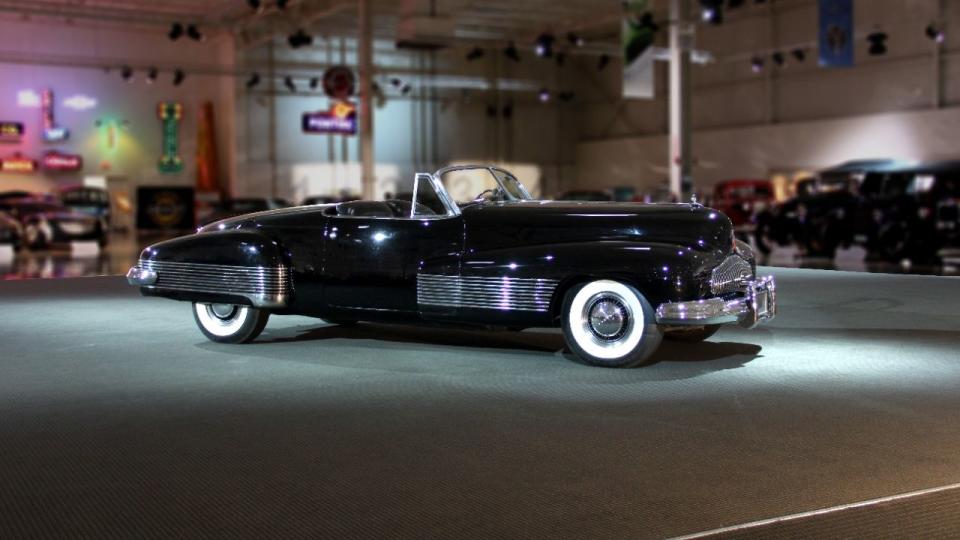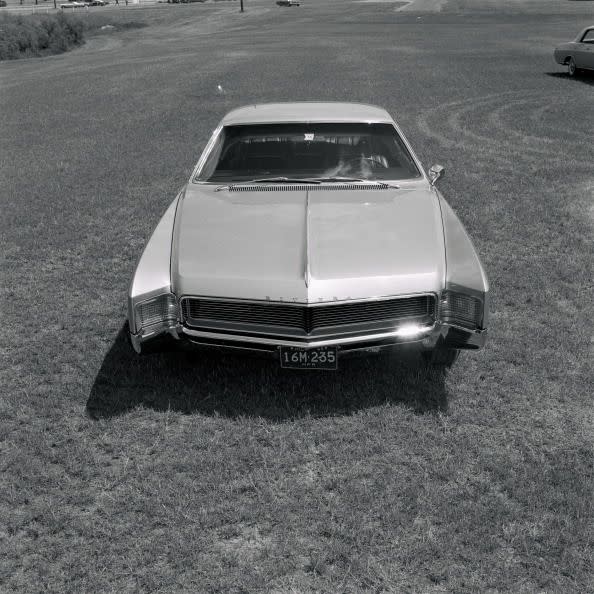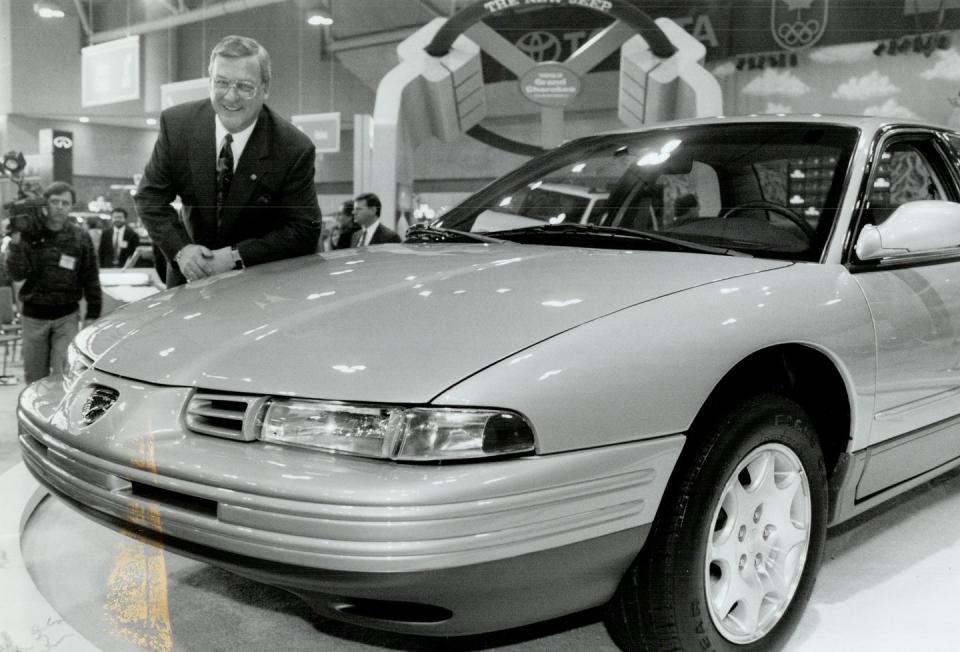Eagerly Searching for Design Leadership

There was a time when I thought I knew which automotive manufacturer was the design leader. In fact, I had bet my design career on that assumption. But looking around today, I am less sure if I could make the same call, partially because there are so many more players, but also because there does not seem to be one clear, undeniable number one.
I may be one of the few who even thinks about this, but have you ever heard of a designer or company that wouldn’t like to achieve it?
To be clear, when I talk about design leadership, it’s about aesthetics, and the ability to establish directional trends that influence and are copied by others. Ideally, it’s the ability to do this over a sustained period of time, so as not to appear that it was just a matter of luck that lasted just one product cycle.
And while it could be argued that design leadership can be established by companies that introduce new types of vehicles—Ford creating the “pony car” trend with the Mustang, and Chrysler with the Minivan—this is really more about, well, styling.
To start with a historical (and admittedly purely American) perspective, when General Motors established it’s Art and Color Section in 1927, Alfred Sloan’s far-sightedness in hiring Harley Earl was driven by the understanding that the public had an interest in the appearance of their cars, and were willing to pay a premium for it.
Being the first corporate styling department of its kind, it’s easy to understand the influence GM had at the time; design was an integral element of the company. By comparison, Ford would finally establish its own nascent design department in 1935.
And while GM’s dominance would continue through the 1930s and after the war, it didn’t mean that they always had the most progressive or significant designs.
The 1934 Chrysler Airflow was certainly more advanced, but it was a failure with the public and set Chrysler on a conservative design path for the next twenty years. The 1949 Ford was one of the first post-war designs to introduce the smooth, slab sided “pontoon” theme.
Yet the previous year GM released its first post-war designs including the 1948 Cadillac, with its embryonic tail fins that would set the trend for the whole industry for the next decade.
But in the ‘50s design leadership was clearly established by another manufacturer when Chrysler, which had finally emerged from its design hibernation in 1955 with its “forward look,” developed a new line of vehicles for 1957 that literally shook up the competition.
The cars were proportionally newer, being longer and lower. There’s the famous story that when GM designers got an early sneak peak of the new Chrysler lineup, they convinced management to redo the already released 1959 models. That’s how significant these cars were.
But it would only last a few years when starting with the 1961 redesign of the Plymouth and Dodge, Chrysler would produce some truly odd-looking vehicles.
It was the 1960s when GM regained its leadership under Bill Mitchell’s lead with some of the best work the company had ever done. With the ’63 Corvette Stingray and Buick Riviera, the ’65 Chevrolet Corvair, ’66 Toronado and redesigned Riviera, ’67 Cadillac Eldorado, the ’68 midsize A-body Pontiac Lemans, Oldsmobile Cutlass to the ’70 Chevrolet Camaro and Pontiac Firebird, GM Styling (renamed Design in 1972) produced one great design after another, and set design direction for American cars for the decade.

There were exceptions of course, like the ’61 Lincoln Continental and the aforementioned ’64 Ford Mustang, both being highly influential designs in their own right.
By the mid 80’s Ford had established an aerodynamic approach to its design with the ’84 Thunderbird, Cougar, and Continental Mark VII. With the introduction in 1986 of the Ford Taurus and Mercury Sable, Ford had successfully established a clear identity, though it isn’t clear how much influence it had at the time as others were also taking automotive aerodynamics more seriously.
But by the early 1990s it was Chrysler’s turn once again, with the LH platform-based Chrysler Concorde, Dodge Intrepid, and Eagle Vision introduced in 1993. These cars touted their “cab-forward” design that became the proportional signature of the new lineup, being very clean and modern and finally a clear advance from the previous uninspired K-car based portfolio.

So, clearly achieving design leadership is a tentative situation. And once having achieved it is no guarantee on maintaining it.
There are factors beyond the influence of the studios as well. The financial health of a company has in the past been a major constraint, as with Chrysler’s K-cars, or in the case of Ford’s Taurus, an opportunity to take a design risk that helped save the company from bankruptcy.
And while design leadership may be compelled by circumstances, it’s never by simple chance. In all cases it’s driven by those who have the vision and will to achieve it. And arelucky enough to work for a company run by those who feel the same way.

 Yahoo Autos
Yahoo Autos 